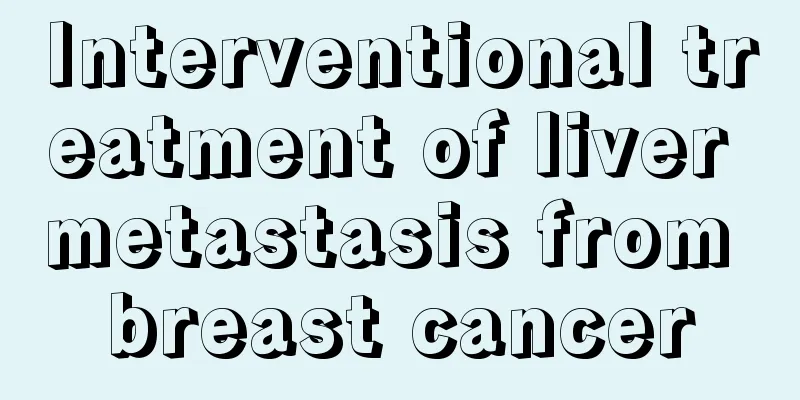What's the matter with the small lump of flesh next to the anus?

|
The anus is the main part of our human body's excretory system and a very important organ for our body. If we do not pay enough attention to the hygiene of this part, it is easy to cause virus invasion and cause a disease. A small fleshy ball next to it is a common phenomenon. If we want to treat this situation, we must understand, so what's the matter with the small fleshy ball next to the anus? The most common lumps at the anus are hemorrhoids. Hemorrhoids are caused by the physiological and anatomical characteristics of the human anus. Hemorrhoids are prone to attacks when abdominal pressure increases, such as when the stool is dry and constipated. Guidance : Internal hemorrhoids are generally painless. There may be blood in the stool and lumps at the anus, which can return to the anus after defecation. External hemorrhoids can be painful and may cause bleeding during bowel movements. The pimple cannot go back into the anus and remains outside. It is recommended to go to the hospital for examination and diagnosis. treat [Treatment policy] Asymptomatic hemorrhoids do not require treatment; symptomatic hemorrhoids do not require radical treatment and are mainly treated with non-surgical methods. When conservative treatment is ineffective, hemorrhoids are severely prolapsed, large fibrotic internal hemorrhoids are not well treated with injections, and combined with anal fissures, anal fistulas, etc., surgical treatment is used. [Drug treatment] 1. Oral medication is generally used to treat varicose veins. 2. Injection therapy is more effective for grade I and II bleeding internal hemorrhoids; the sclerosant is injected around the venous plexus in the submucosal layer to cause inflammatory reaction and fibrosis, thereby compressing and closing the varicose veins; the treatment can be repeated after one month to avoid injecting the sclerosant into the mucosal layer and causing necrosis. [Surgical treatment] 1. Thrombosed external hemorrhoidectomy is suitable for patients whose pain does not ease or the swelling does not shrink after conservative treatment of thrombosed external hemorrhoids. 2. Traditional hemorrhoidectomy is external peeling and internal ligation. 3. Circumcision of hemorrhoids (Whitehead procedure) This is a classic procedure in textbooks, which can easily lead to anal stenosis and is rarely used in clinical practice. 4.PPH surgery: stapler hemorrhoidectomy and hemorrhoidal mucosal circumcision and stapling. [Other treatments] The root of the hemorrhoids is ligated to block its blood supply and cause the hemorrhoids to fall off and necrotize; it is suitable for II and III degree internal hemorrhoids, and is more suitable for giant internal hemorrhoids and fibrotic internal hemorrhoids. Daily care 1. Avoid sitting or standing for long periods of time, do anal exercises regularly, and actively participate in physical exercise; 2. Develop the habit of regular bowel movements to prevent constipation; 3. Keep the area around the anus clean; pay attention to health care during pregnancy and childbirth; keep the lower body warm; 4. Self-massage; take a sitz bath with warm water (can contain potassium permanganate) before going to bed, etc. 5. Take medication promptly. [Dietary adjustment] 1. It is advisable to eat liquid food on the day of surgery, such as milk, egg soup, rice soup, etc. However, it is not advisable to eat soups with high fat content, such as chicken soup. The patient should have a bowel movement around the 1st to 2nd day after surgery. 2. On the 2nd to 4th day after surgery, patients should eat semi-liquid food with less residue, such as porridge, noodles, wonton and fruits, etc., and are encouraged to have bowel movements on time to avoid the disappearance of normal defecation reflex and constipation. 3. Start eating normal food from the 5th day after surgery. It is advisable to eat high-nutrition and nourishing food, and eat more vegetables and fruits. However, it is not advisable to eat too much fiber-containing foods within 7 to 10 days after surgery. |
<<: The efficacy and function of melon seed oil
>>: What to do if your neck becomes oily
Recommend
What are the symptoms of breast cancer lymph node metastasis
Among the metastatic pathways of breast cancer, a...
Treatment methods for esophageal cancer in the elderly
We all know the symptoms of esophageal cancer. It...
Lung cancer usually develops over several years
Lung cancer usually takes a long time to develop,...
Will kidney crystals turn into stones?
Kidney crystals are a sign of a disease that lead...
How to quickly remove acne on your face_The fastest way to remove acne on your face
Acne on the face is a common symptom. Many people...
What to do if you have cough and vomiting
Coughing and vomiting is a health problem that ma...
Training methods for explosive power of calves and thighs
The rapid development of the Internet era has led...
Can the anti-uterine cancer injection cause pregnancy
The cervical cancer vaccine is a vaccine to preve...
What to eat to improve memory
Each of us wants to have the ability to remember ...
Tips for self-testing for formaldehyde
If you are planning to renovate your home, the fi...
The dangers of living in an unfinished house for a long time
Many modern people like to decorate their own hou...
How to restore black gums to normal
Nowadays, oral problems have become a problem tha...
How can I get rid of the blood stasis on my face quickly
If you accidentally get hit on your face by a har...
What foundation should I use for dry skin
Human skin has many characteristics. According to...
Do e-books hurt your eyes?
Nowadays, people are not used to reading books, b...









